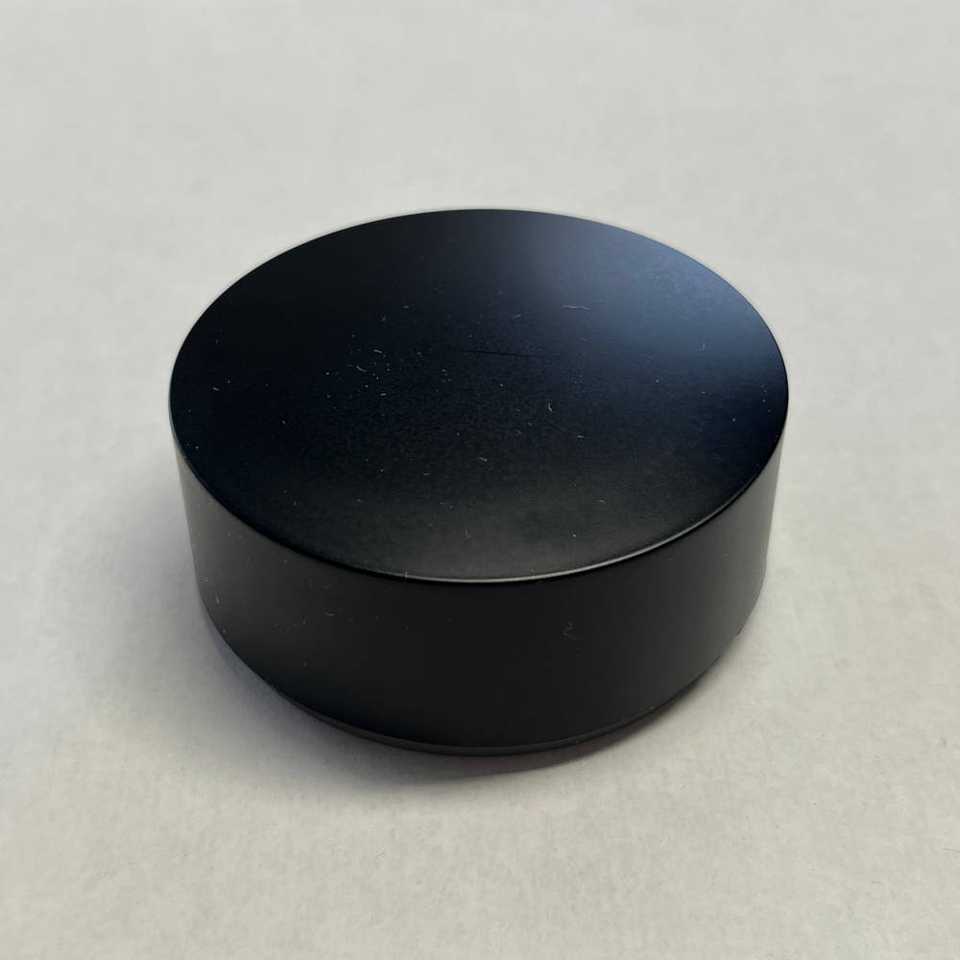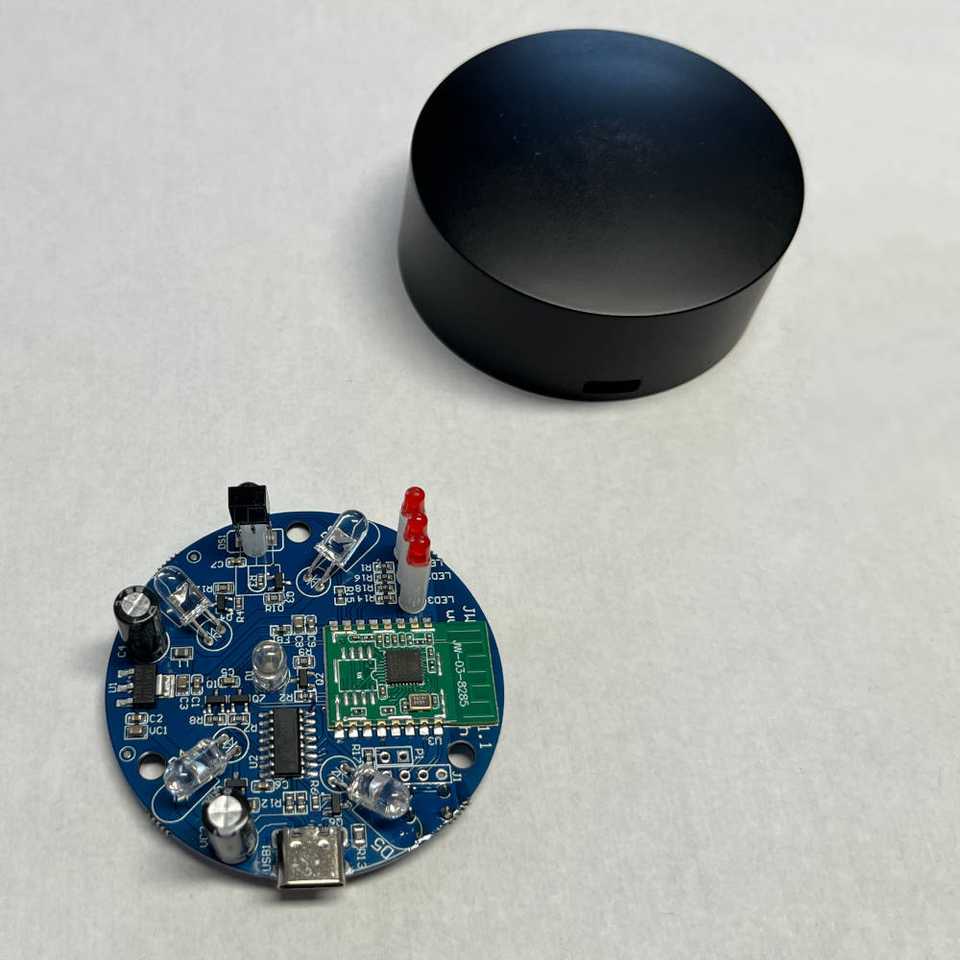devices.esphome.io
Athom AR01 IR Controller
Athom AR01 IR Controller
Device Type: miscElectrical Standard: globalBoard: esp8266Difficulty: Plug-n-flash, 2/5
This is an IR receiver and transmitter that is shipped with Tasmota installed by the manufacturer.
Manufacturer product page: Athom AR-01 Tasmota IR Controller


Flashing
This device can be flashed by making a serial connection using the USB-C port.
I did not test this, but there is what looks to be pads for a serial connection. I would also guess that this could be flashed from the default Tasmota web interface.
GPIO Pinout
| Pin | Component |
|---|---|
| GPIO0 | Button |
| GPIO4 | IR transmitter |
| GPIO5 | IR receiver |
| GPIO12 | LED3 (top) |
| GPIO13 | LED2 (middle) |
Configuration
esp8266: board: esp8285 restore_from_flash: true
remote_receiver: pin: number: GPIO5 inverted: true dump: all # Dumps received codes to logs.
remote_transmitter: pin: number: GPIO4 carrier_duty_percent: 50%
output: - platform: gpio pin: GPIO12 id: gpio_12 - platform: gpio pin: GPIO13 id: gpio_13
switch: - name: "Top LED" id: led_top platform: output output: gpio_12 - name: "Middle LED" id: led_middle platform: output output: gpio_13
binary_sensor: - platform: gpio pin: number: GPIO0 mode: input: true inverted: true name: Bottom Button on_press: then: - switch.toggle: id: led_middle - delay: 2s - switch.toggle: id: led_topUsing the Device
ESPHome documentation on receiving and sending codes.
The IR codes received may be parsed by several of the codecs. Just pick one of them to use. While testing, it may be helpful to change dump: all to just the protocol your IR remote uses, to make reading the codes easier.
In my ESPHome configuration, I ended up with a fair amount of template buttons where each one sends out an IR code using the appropriate remote_transmitter.transmit_xxxx action.